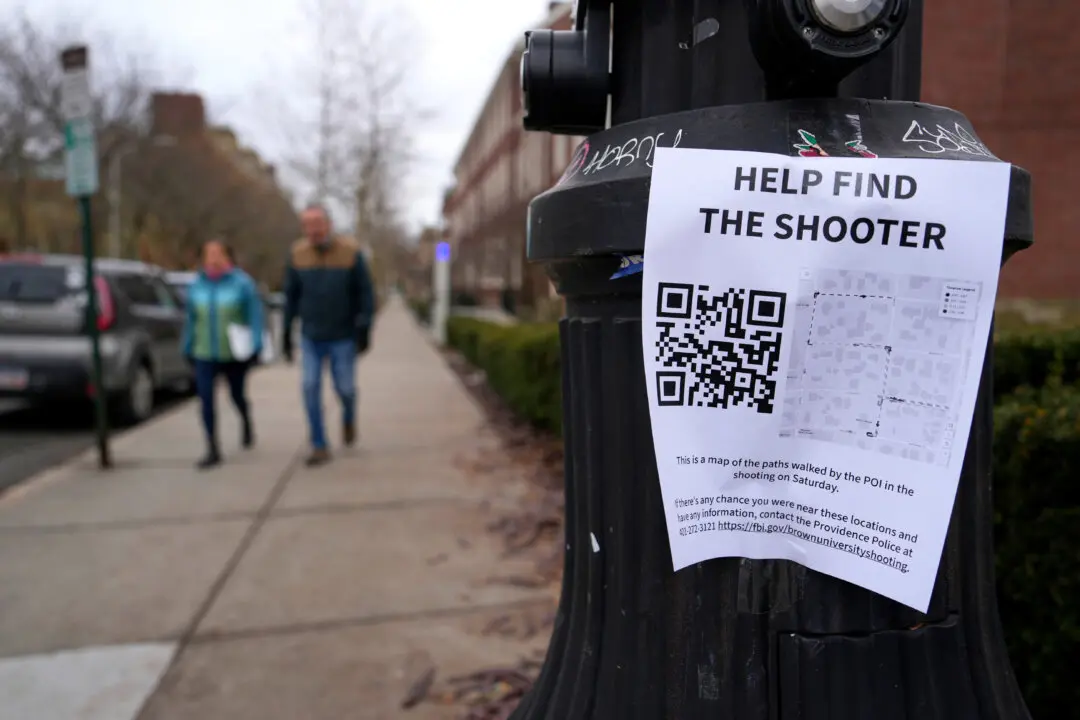ROME—Rome’s only surviving pyramid from ancient times is being put in the spotlight.
After a Japanese clothing magnate helped pay for an ambitious cleanup, archaeologists are eager to show off the monument, constructed around 2,000 years ago as the burial tomb for a Roman praetor, or magistrate, named Caius Cestius.
Although soaring 36 meters (119 feet), the pyramid draws few tourists. Decades of grime blackened the creamy white Carrara marble exterior of the monument near a traffic-clogged intersection and a subway station. The pyramid’s base is below street level since the metropolis has been built up over the centuries, so many hurry by without realizing the monument’s height.
Archaeologist Leonardo Guarnieri told reporters Wednesday that tours, including of the frescoed burial chamber, are being given twice a month by reservation.






